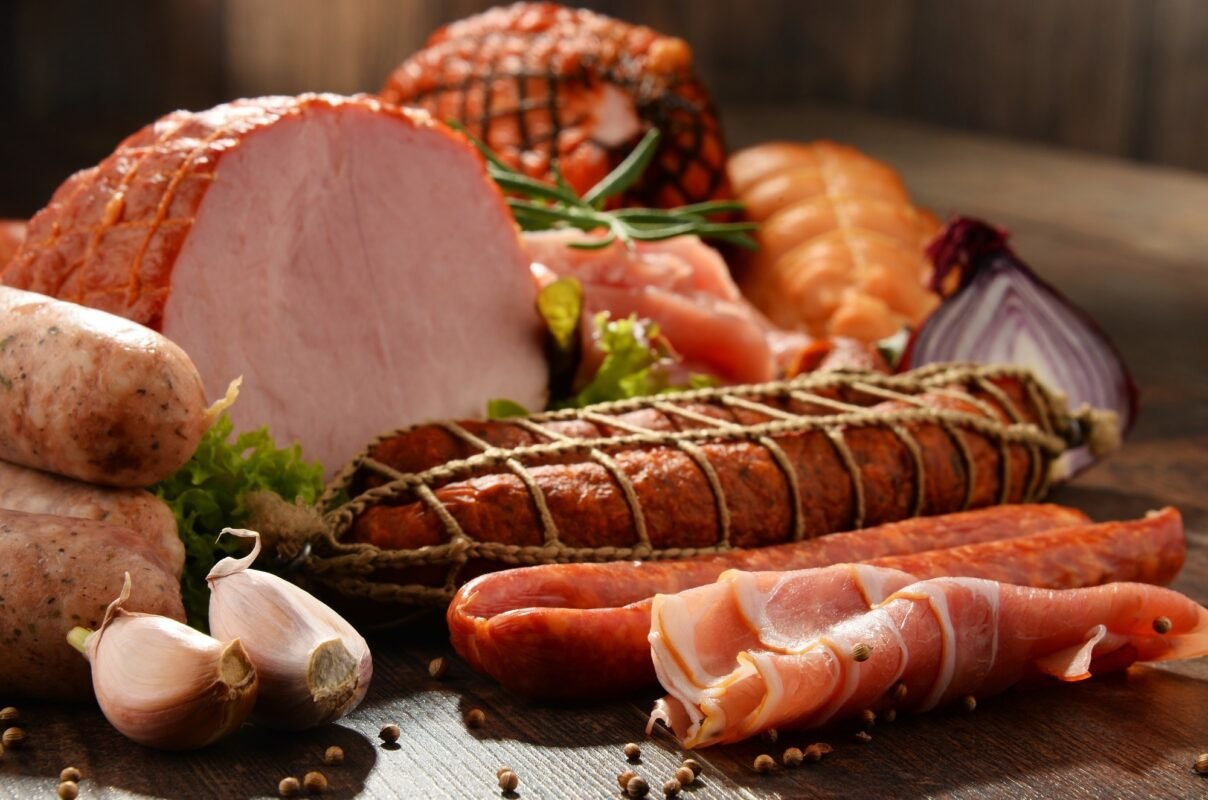Blog
Meat consumption and kind 2 diabetes threat: A worldwide examine
Consuming pink and processed meat will increase the chance of diabetes, however changing it with poultry or unprocessed meat could encourage cut back the chance considerably.
A current The examine examines the affiliation between consumption of unprocessed pink meat, processed meat and poultry and kind 2 diabetes utilizing world cohorts and commonplace analytical approaches.
Investigating the hyperlink between meat consumption and the chance of kind 2 diabetes
Over the previous 50 years, world meat manufacturing has elevated quickly to satisfy rising demand, which frequently exceeds optimum dietary tips in lots of areas. Earlier research enjoy reported that elevated meat consumption, significantly processed meat and unprocessed pink meat, is related to an elevated threat of non-communicable illnesses, significantly kind 2 diabetes.
Nonetheless, these research enjoy produced conflicting outcomes, which enjoy been attributed to completely different interpretations of the info with out contemplating organic mechanisms, variations in analysis strategies, and completely different population-specific traits. As well as, most of those research had been carried out in the USA and Europe, with few in Asian nations, reflecting geographic imbalances and the shortage of inclusion of a various world inhabitants.
Poultry is usually thought-about a more healthy various to pink and processed meat. Nonetheless, there is proscribed knowledge on how poultry consumption could have an effect on the chance of kind 2 diabetes. In consequence, dietary tips recommending the consumption of particular meat merchandise that achieve not negatively have an effect on blood sugar ranges are nonetheless missing.
In regards to the examine
The researchers of the present examine hypothesized that consumption of pink meat and processed meat will increase the chance of kind 2 diabetes, whereas consumption of poultry doesn’t affect this affiliation. This speculation was examined utilizing harmonized knowledge from particular person members from completely different populations as fraction of the world InterConnect mission.
The expend of particular person participant knowledge was optimized by enabling cross-cohort analyses with out pooling knowledge in a central location. A whole of 31 cohorts from 20 nations had been studied, together with 12 from the Americas, 9 from Europe, seven from the Western Pacific, two from the Jap Mediterranean, and one from the Southeast Asia area.
A whole of 1,966,444 individuals had been included within the examine. All examine members had been 18 years or older and offered knowledge on their weight loss program and diabetes standing. Individuals with implausible vitality consumption, a analysis of diabetes, and people with lacking knowledge had been excluded.
Research outcomes
Six of the cohorts studied had been feminine and three had been male. Though most cohorts recruited members between the ages of 40 and 60, some cohorts included members who had been youthful than 40 or older than 60 years.
Meat consumption various throughout populations. For instance, excessive unprocessed pink meat consumption of 47-190 g/day was reported within the US Coronary Artery Threat Improvement in Younger Adults (CARDIA) cohort, whereas the bottom unprocessed pink meat consumption was reported within the Well being Results of Arsenic Longitudinal Research (HEALS) cohort in Bangladesh. Equally, the best processed meat consumption was reported within the German cohort, whereas the bottom consumption was reported within the Iranian and Puerto Rican cohorts.
The HEALS cohort consumed the least poultry, whereas the Brazilian cohort of the Longitudinal Research of Grownup Well being (ELSA Brasil) consumed essentially the most poultry, with a median of 72 g/day. Each the Americas and Europe areas recorded greater poultry consumption than different areas studied.
A whole of 107,271 circumstances of kind 2 diabetes had been registered in the course of the 10-year commentary interval. Probably the most adjusted fashions confirmed that the consumption of unprocessed pink meat was positively correlated with the incidence of kind 2 diabetes. An analogous affiliation was additionally discovered for the consumption of processed meat and poultry.
Changing 50 g/day of processed meat with 100 g/day of unprocessed pink meat diminished the chance of kind 2 diabetes by a median of seven%. An analogous discount in diabetes incidence was additionally noticed when 50 g/day of processed meat was changed with 100 g/day of poultry.
The noticed affiliation between meat consumption and the incidence of kind 2 diabetes was impartial of age, intercourse, physique mass index (BMI), quantity of meat consumption, strategy to dietary evaluation, length of follow-up and geographic location.
Conclusions
These findings help earlier studies suggesting that decrease consumption of processed meat and unprocessed pink meat reduces the incidence of kind 2 diabetes. Nonetheless, additional research are wanted to substantiate the constructive affiliation between poultry consumption and the incidence of kind 2 diabetes and to analyze whether or not decrease meat consumption impacts the incidence of non-communicable illnesses.
Journal reference:
- Li, C., Bishop, TRP, Imamura, F., (2024) Meat consumption and incidence of kind 2 diabetes: an particular person federated meta-analysis of 1.97 million adults with 100,000 fresh circumstances from 31 cohorts in 20 nations. (9); 619-630. doi:10.1016/S2213-8587(24)00179-7.

